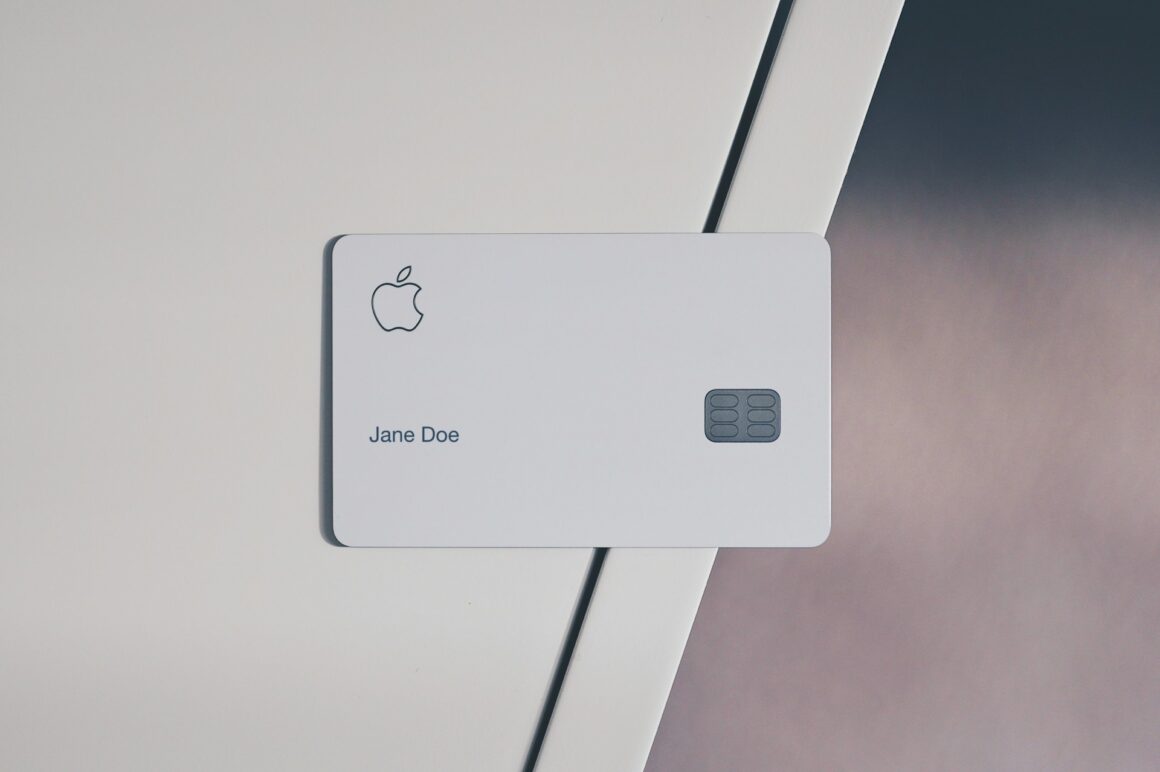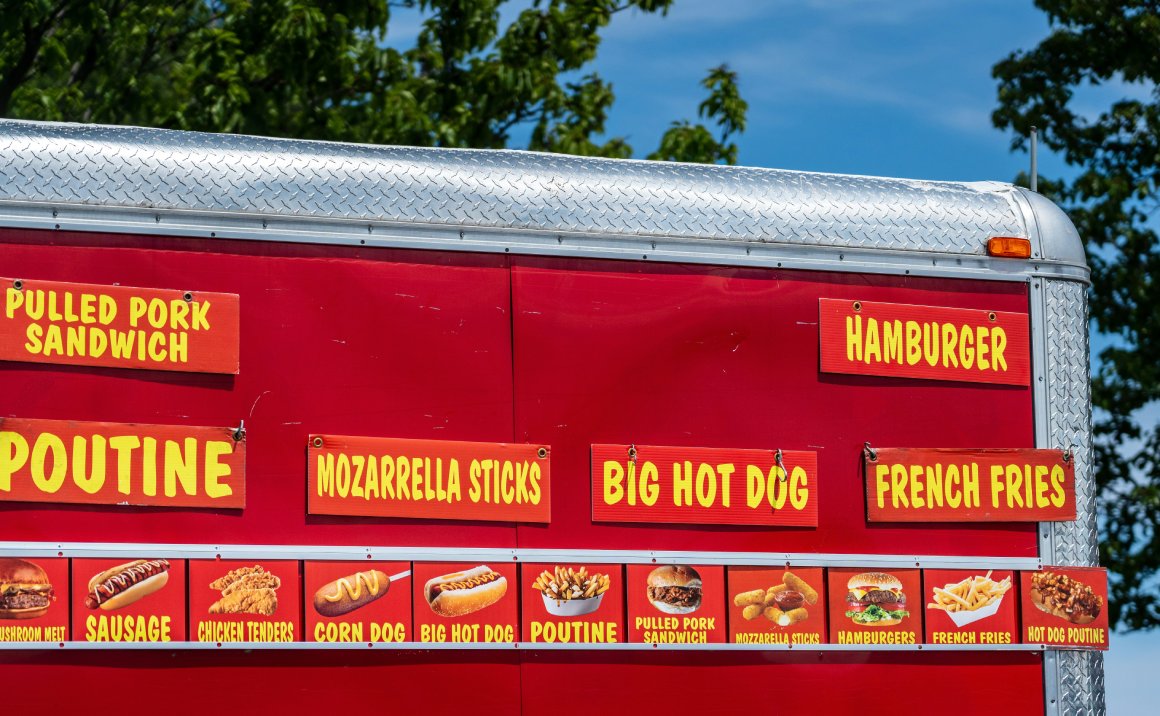
How to Define the Concept and Identity of Your Food Truck: A Step-by-Step Guide
This post is part of a regular series. Click here to start at the beginning.
Before you dive into the logistics of buying a truck or choosing equipment, it’s crucial to establish a clear vision for your food truck. What is your truck going to serve? What makes it unique? Why should people choose your food truck over others? In this post, we’ll help you clarify your food truck’s concept, identity, and target audience—laying the foundation for a successful venture.
1. Why Defining Your Vision Is So Important
Your food truck’s vision is the roadmap for everything you do, from the dishes you serve to how you brand your truck and market your business. A clear vision will keep you focused as you move through the startup process and help differentiate your truck in a competitive industry. Without a solid concept, you may struggle to attract customers or find your niche.
When defining your vision, you should consider:
- What food excites you?
- Who is your target market?
- What story are you telling with your brand?
Example: Consider Danny, who loves Asian street food. Instead of serving a variety of cuisines, he focused on his passion—authentic Korean BBQ tacos with homemade kimchi. This specific concept gave his truck a unique identity, helping him stand out in a crowded market of generic taco trucks.
2. Choosing Your Food Truck Concept
Your food truck concept is the core idea that drives your business. It includes the type of food you serve, how you present it, and the overall vibe of your truck. Think of it as the personality of your food truck. Will your truck have a laid-back, beachy feel, or will it be more polished and gourmet?
Key Questions to Clarify Your Concept:
- What type of cuisine will you focus on? Are you interested in Mexican street food, Italian classics, or something more fusion-based, like a blend of different cultures? The cuisine you choose is the first step in defining your concept.
- How does your food fit into a mobile setting? Food trucks need to serve food that is easy to prepare quickly, transport, and eat on the go. Focus on dishes that are flavorful, unique, but also practical for a mobile kitchen.
- What’s your “hook”? What sets you apart from other trucks? Your hook could be a signature dish, a unique twist on a popular cuisine, or even a theme for your truck.
Example: If you’re passionate about breakfast, you could specialize in unique waffle combinations. A truck called “Waffle On Wheels” could serve up waffle sandwiches with both savory and sweet fillings, creating a memorable niche that people will seek out.
3. Identifying Your Target Audience
Who are you serving? Knowing your audience is essential to shaping your food truck’s identity, menu, and pricing strategy. Different audiences have different expectations, and your concept should align with what your target customers want.
Questions to Help Identify Your Target Audience:
- What’s their lifestyle like? Are they busy professionals looking for a quick lunch, or families seeking a fun weekend meal?
- Where do they hang out? Knowing where your audience spends their time will help you decide where to park your truck. College campuses, downtown areas, festivals, and parks all attract different demographics.
- What do they value? Are they looking for healthy, organic options? Do they love indulgent comfort food, or are they seeking unique flavors and new experiences?
Example: A vegan food truck might target health-conscious customers in urban areas or at farmers’ markets. In contrast, a BBQ truck might aim for families at local festivals or breweries. By understanding the values and preferences of your audience, you can design a menu and brand that resonates with them.
4. Crafting Your Menu to Reflect Your Concept
Your menu is a direct reflection of your food truck’s vision. Every item on your menu should support your concept and cater to your target audience. A well-thought-out menu is streamlined, easy to execute in a small kitchen, and aligned with your brand’s story.
Key Considerations When Crafting Your Menu:
- Simplicity is key. Don’t try to offer too many items. Focus on doing a few things really well, and make sure each dish fits within your overall theme.
- Highlight your signature items. Your truck should have one or two signature dishes that customers know you for. These items should be the stars of your menu and central to your brand.
- Keep your kitchen space in mind. Since you’ll be working in a tight space, choose dishes that don’t require too many steps or complex equipment.
Example: A food truck serving grilled cheese sandwiches could keep the menu simple by offering a few core grilled cheese variations and then rotating seasonal specials. Their signature item could be a decadent, five-cheese melt with house-made tomato soup.
5. Branding and Storytelling
Your food truck’s brand is more than just your logo—it’s the experience you create for your customers. Branding includes everything from your truck’s name, design, and color scheme to the story you tell through your marketing and menu. Your brand should communicate who you are, what you stand for, and why customers should be excited to try your food.
Steps to Build a Strong Brand:
- Choose a memorable name. Your food truck’s name should be easy to remember and reflect your concept. Make sure it’s fun, catchy, and stands out.
- Design your truck to match your concept. The design of your truck is often the first thing customers see. Bright colors, bold graphics, and a clear logo can help draw attention and give customers a sense of what you offer before they even see the menu.
- Tell your story. Customers love a good story. Why did you start your food truck? What makes your food special? Share your journey and passion for food through your branding and interactions with customers.
Example: “Sassy Samosa” is a truck specializing in Indian street food. The truck is designed with vibrant colors and traditional Indian patterns, and the menu explains how the owner’s family recipes inspired each dish. The name is fun and reflects the truck’s playful personality while still tying back to the food.
6. Testing Your Concept and Getting Feedback
Before fully committing to your vision, it’s a good idea to test your concept with a small group or at local pop-up events. This allows you to gather feedback on your menu, pricing, and overall concept. Adjustments at this stage can save you a lot of headaches down the road.
Ways to Test Your Concept:
- Pop-Up Events: Participate in food truck festivals, farmers’ markets, or local pop-up events to get a sense of how customers respond to your food.
- Friends and Family Tasting Events: Host a tasting event with friends and family to get feedback on your menu items. Ask for honest opinions about portion sizes, flavors, and presentation.
- Social Media Polls: If you already have a following on social media, ask your followers for feedback on potential menu items or truck names. Engaging with your audience early on can help build excitement around your launch.
Example: Before launching her food truck, Samantha hosted pop-up events at local breweries. She offered a limited version of her menu to test which items were most popular. Based on customer feedback, she fine-tuned her concept and narrowed her menu to focus on the dishes people loved most.
Conclusion: Building a Strong Vision for Your Food Truck
Creating a successful food truck starts with a clear vision. By defining your concept, identifying your target audience, crafting a focused menu, and building a memorable brand, you’ll set the stage for a food truck that stands out and resonates with customers. Take the time to refine your vision, test your ideas, and get feedback before hitting the road. With a strong foundation in place, you’ll be better equipped to tackle the challenges of running a mobile food business.
Stay tuned for the next post, where we’ll discuss the essential equipment needed to run your food truck efficiently!
This post is part of a regular series. Please use these links to view the rest of the series in order.
SumUp and Zettle – Affordable, Mobile Payment Processors for Food Trucks
Comparing SumUp and Zettle: Which Mobile Payment Processor is Best for Your Food Truck? When…
Exploring the Different Types of Mobile Food Businesses: Food Trucks, Trailers, Carts, and Booth Setups
The Pros, Cons, and Investment Levels of Food Trucks, Concession Trailers, Food Carts, and Booth…
Toast – A Specialized Payment Solution for Food Trucks
Is Toast the Right Payment Processing System for Your Food Truck? When it comes to…




